The wind tunnel model and the technical requirements for the wind tunnel test campaign represent an input that will be delivered by the Topic Manager (TM). The characteristics of the model and the wind tunnel requirements strongly affect the choice of the facility (in particular, the model size and the testing flow conditions imply the choice of a unique European Laminar Transonic Wind tunnel as will be shown later). The definition of the wind tunnel test matrix and the preparation of the technical specification for the individuation of the facility, matching all the technical requirements specified in the topic, is a critical phase of a project that engages most of the decisions and development costs. The goal of this phase is to define, with the support of the Topic Manager, a wind tunnel test matrix showing a best compromise between number of tests, testing flow conditions, available wind tunnel measurements, desired measurements and costs. In addition, this task is complicated by the need to have different types of measures that are not always compatible between them and that require different model setups, as happens in the case of infrared visualisations or deformation measurements.
Therefore, the test matrix must be also optimised in terms of times and combination of different measurement techniques. Partners involved in ESTRO consortium have consolidated experience in similar wind tunnel test campaigns in the framework of the Clean Sky program. In particular, within the project Etriolla [1], a large-scale laminar wing model (6-meters wingspan) was experimentally investigated in the S1MA wind tunnel to evaluate its laminar performance and the effectiveness of the LC & A devices. The ESTRO consortium is confident of facing and successfully solving this phase, thanks to the personnel involved in this previous experience.
On the other hand, the wind tunnel investigations, based on the wind tunnel average chord, can reach at most a Reynolds number value of around 11 million, far from the value experienced by the actual wing in flight conditions. As consequence, in order to estimate the wing performance in actual flow conditions, an extensive and expensive CFD test campaign, with numerical tools that are beyond the state of art will be necessary in order to extrapolate the wind tunnel results to the flight conditions. The consortium ESTRO has developed in these last years a set of numerical tools for the evaluation of the aerodynamic performance, as well of the extension and robustness of the laminar flow and of the impact of the propeller wake on the laminar flow extension .
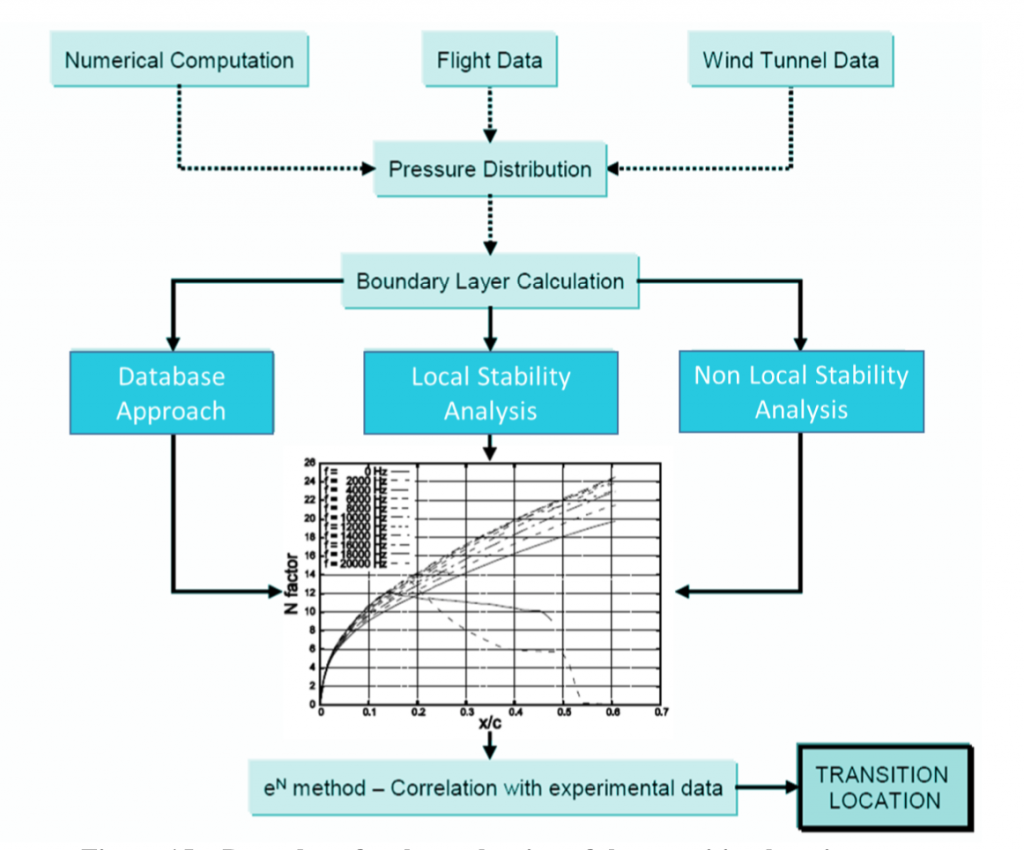
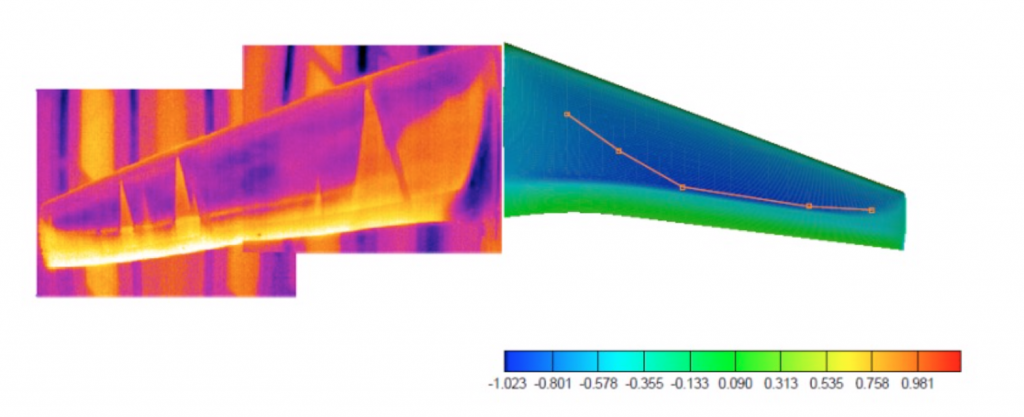
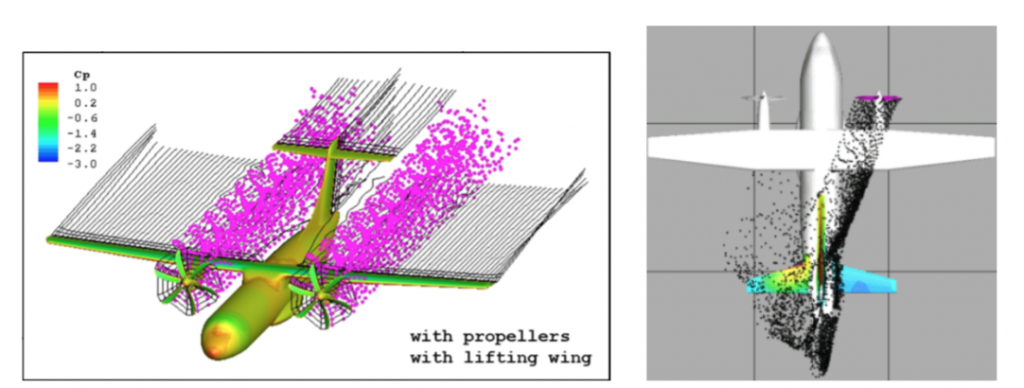
An accurate procedure estimating the effects of the wing deformation (elastic wing) both on the laminar flow extension, as well on the effectiveness of the LA&C devices will be deployed. The procedure will couple RANS and FEM accurate tools, as detailed in the following. The numerical tools will be assessed by performing calculations in wind tunnel conditions and comparing results. Successively, these tools will then be used to perform the extrapolation to flight of the results achieved in the wind tunnel.
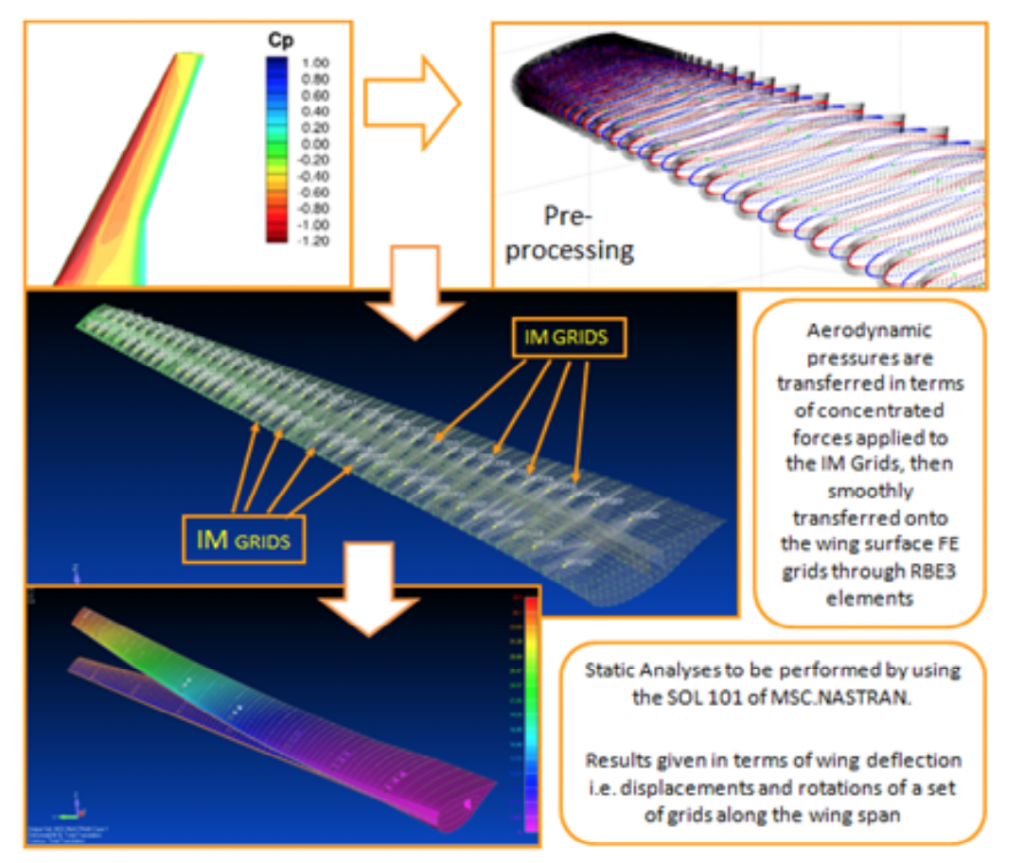
Hence, the objective of the consortium ESTRO is twofold, from one side design and perform a laminar wind tunnel test campaign according to the topic requirements focusing on the experimental measure of the aerodynamic wing performance and laminar flow robustness, and from the other side, perform the extrapolation to flight of these measurements by using numerical tools.
Accurate laminar wind tunnel measurements require:
- A facility with high flow quality and validated capabilities in laminar flow testing (WT selection);
- The definition of the Wind tunnel test matrix (in agreement with the TM);
- The execution of a laminar wind tunnel test campaign.
The flow chart of Figure 1 reports, at high level, the logic adopted by the consortium ESTRO to
satisfy the requirements of the topic JTI-CS2-2018-CFP08-REG-03-01.
Starting from the delivery of the model and from the technical requirements provided by the Topic
Manager (WT test requirements, already drafted in the topic), the consortium ESTRO will define the
technical specification and the final test matrix (with the support of the TM) in order to launch a call
for tender to individuate the European facility most suitable for these tests.
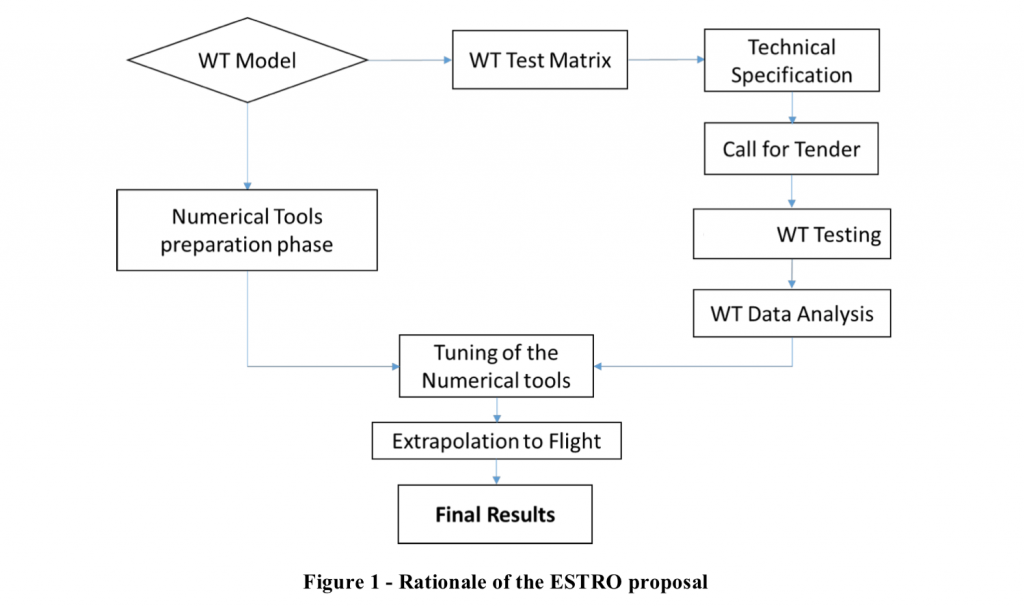
In detail, DREAM will perform a trade-off of the possible existing laminar wind tunnels and successively will define, with the support of the TM, the final wind tunnel test matrix that will be reported in the technical specification together with the wind tunnel requirements (required measurements). UNISA will arrange the call for tender to individuate the facility. In the meantime, UNISA will review the numerical model of the receptivity to acoustic and vorticity disturbances to estimate the effects of the distributed roughness and waviness on the laminar flow robustness in flight conditions. DREAM will review the linear stability tools based on multiple scale technique and the ray theory approach to evaluate the impact of the wake of the propeller on the laminar flow. DREAM and IBK will implement the CFD-CSM coupling procedure to evaluate the effects of the wing deformation on both the laminar flow extension and on the effectiveness of the LC&A devices. IBK will also evaluate the effects of the deployment of the droop nose on the leading edge wing deformation, provided that, the TM will provide the elastic model of the entire wing, including the droop nose mechanism. This final deformed wing configuration will be investigated to evaluate the laminar flow extension. and its robustness
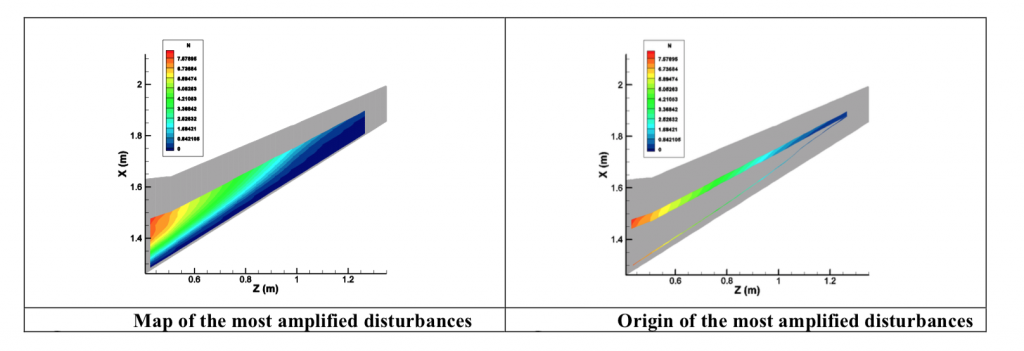
High fidelity CFD investigations will be performed to evaluate the aerodynamic wind tunnel model performance. DREAM and UNISA will follow the wind tunnel test campaign and will perform the analysis of the data. Comparisons between wind tunnel measurements and numerical results will allow to validate the numerical approaches.
As a final step, the ESTRO consortium will compute the aerodynamic coefficients, the laminar flow extension and the wing load distribution in several flight conditions (extrapolation to flight). The tests to be computed will be agreed with the TM. The delivery of the experimental data and of the numerical results extrapolated in flight conditions will conclude the project.
